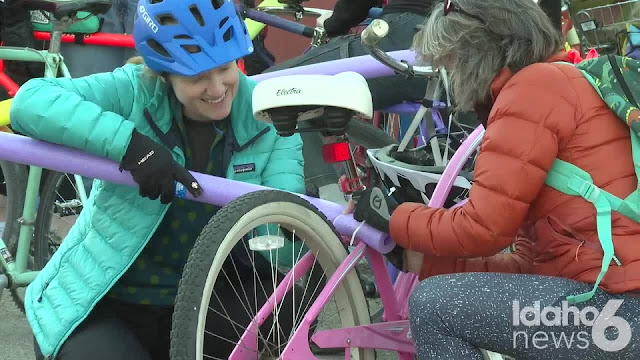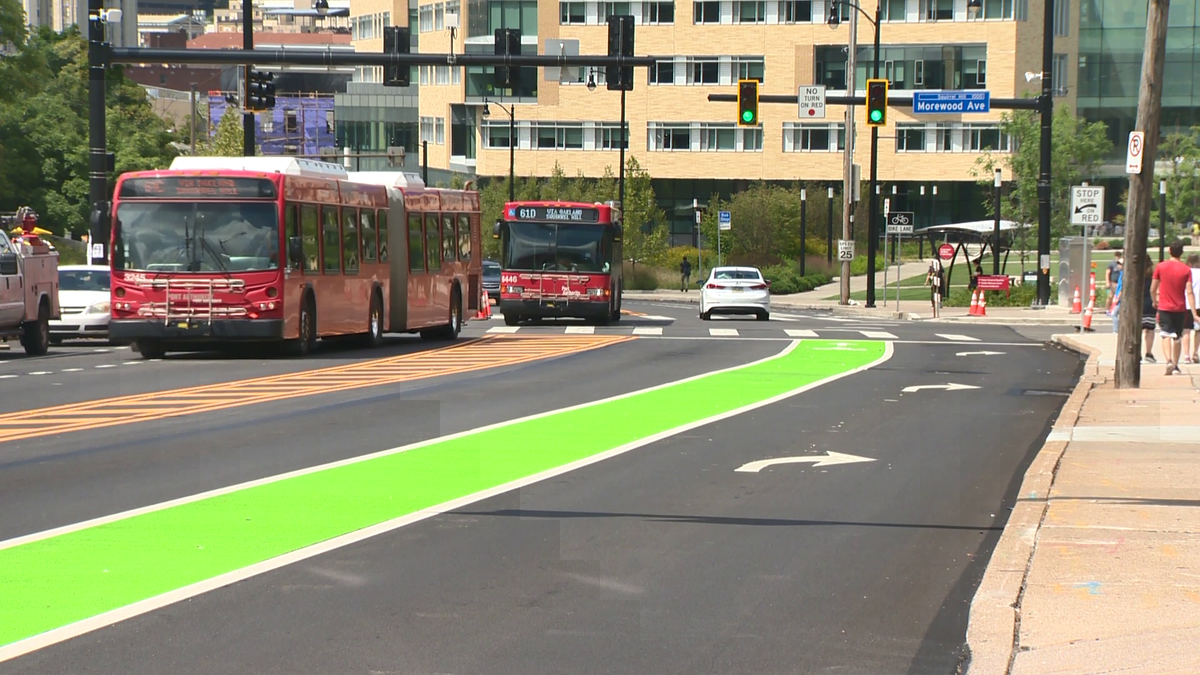In previous posts, I have advocated "Idaho Stop," which allows cyclists to roll through stop signs at empty intersections and to treat stoplights as "stop" signs. As the name indicates, it was first codified into law in The Gem State--in 1982. Despite proof that it does more than almost anything else to promote cycling safety--after all, an intersection is the most dangerous place for a cyclist--it's been slow to spread to other jurisdictions.
Now, Colorado might be ready to join them. A few cities and towns within the Centennial State have already legalized it, or modified versions of it. But a bill that would allow the "Idaho Stop" statewide is about to go to Governor Jared Polis' desk, having passed both the state's House and Senate. A spokesman for the Governor did not say whether or not he'll sign it.
Massimo Alpian hopes he does. A lifelong cyclist, he surely understands how such a law will help to make cycling safer by reducing the risk of, say, being clipped by a right-turning vehicle in front of him. But the also believes the "Idaho stop" could be a racial justice issue.
Photo by Hart Van Denberg, from CPR News
Years ago, he recalls, he was riding blazing down a road near Boulder. Three cyclists in front of him shot through a "Stop" sign. He followed, "right around the same speed," he says. Then "I was pulled over and ticketed," he recounts.
Now, some might say that as officers in such situations are wont to do, they went after the "low hanging fruit," i.e., the last cyclist in a line. But Alpian, all of these years later, still wonder whether something else was at play. You see, he is the son of immigrants from Latin America and the Middle East. The three cyclists in front of him were Caucasian.
I get the impression that his diplomacy skills are better than mine. He says he was "confused" as to why he was targeted. "If I was doing something blatantly egregious, sure, I'd feel bad that maybe I was breaking the law or putting other folks at risk." But what he did would have been perfectly legal under an "Idaho Stop" regulation and, law or no law, put nobody at risk. So, it's hard to blame him for harboring any thought that he was stopped because of his brown skin.
That, he says, is one reason why he wants Governor Polis to sign the bill into law.
I wonder whether the cops who stopped him went on to become Senators from Texas and Tennessee.












